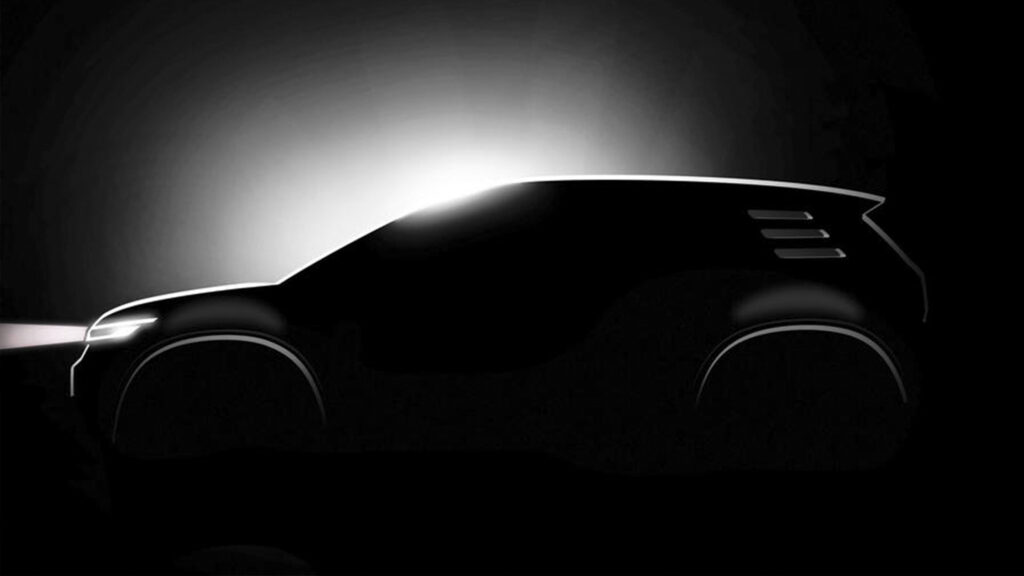VW ID.2 Might Have A Shot In America, But ID.1 Is ‘Highly Unlikely’
- Don’t hold your breath for a 2027 VW ID.1 debut in North America.
- VW teased the tiny EV this week with the 94 hp ID. Every1 concept.
- The larger ID.2, set to launch in 2026, might be considered for the US.
Volkswagen’s ID.4 sales have rocketed in the first part of 2025 and now the automaker is redoubling its electric efforts and readying a new family of smaller EVs. But while European VW fans will get access to all members of that family, it sounds like their American counterparts won’t get the chance to put the smallest of them, the ID.1, in their garages.
Earlier this week, VW revealed the ID.Every1 concept, a thinly disguised preview of the ID.1 (name TBC) production EV that goes on sale in Europe in 2027. But a year before that lands in showrooms, the German carmaker will launch the production version of 2023’s ID.2all concept, and this fall we’ll get a look at an SUV spinoff of that model, the ID.2X.
Will the USA Get Any of VW’s New Small and Affordable EVs?
However, when we asked VW North America if it had any plans to offer the ID.1 or larger ID.2 in the US, it was quick to tell us not to get our hopes up for the little guy making the cut. A spokesperson told Carscoops it was “highly unlikely” that the ID.1, which is sized between the now-dead Up! and Polo subcompacts, would be sold in the US.
The prospects for the ID.2, on the other hand, look rather better. The VW rep told us they “can’t confirm anything about the ID.2,” which isn’t the same thing as saying it’s definitely coming, but it’s no denial either.
Related: ID.Every1 Previews VW’s Cheapest EV
Which version of the ID.2 they were not confirming anything about, they didn’t say. The crossover model seems the most likely to get the nod given America’s love for utilities and general lack of enthusiasm for hatchbacks. But then the ID.2 hatch would be no ordinary hatch because it could tap into the love for the Golf, which has been a part of the US auto landscape for almost 50 years.

What Do These Small EVs Bring to the Table?
All three junior ID cars share the same new MEB platform, which, unlike the current MEB architecture found in EVs like the ID.3, ID.4 and ID.Buzz, features a motor at the front of the car driving the front wheels. The 3,880 mm (152.8 inches) ID.Every1, whose production version is expected to cost just €20,000 (£17k / $21k), is powered by a tiny 94 hp (95 PS / 70 kW) motor and can only travel 155 miles (250 km) on a charge.
The ID.2all hatch concept unveiled two years ago measured 4,050 mm (159.4 in), had a 223 hp (225 PS / 166 kW) motor and was claimed to be capable of 280 miles (450 km) – stats that would be fare more palatable to an American audience. VW is targeting a €25,000 (£21k / $26k) price for the production car.
So, if VW were to bring one of these smaller EVs stateside, which would you want to see?